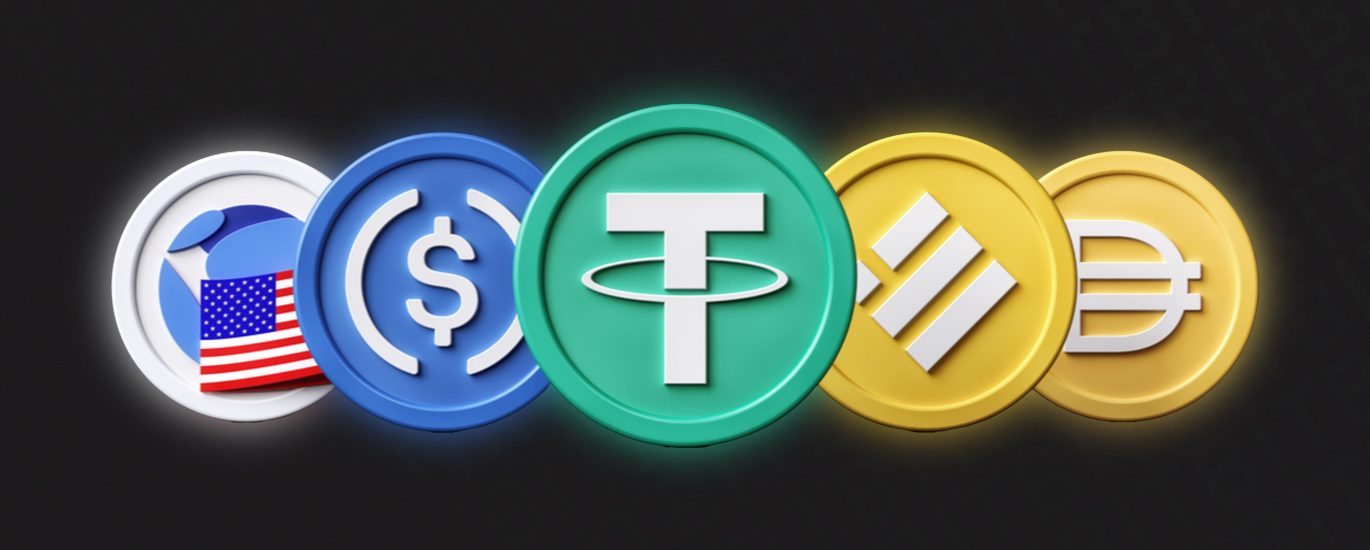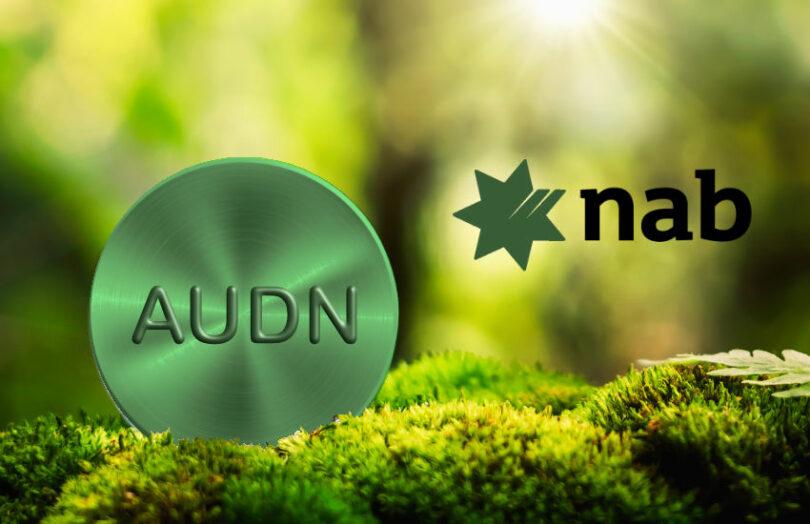



In a rapidly evolving digital landscape, where the lines between conventional finance and blockchain technology blur, the emergence of stablecoins has captured the attention of industry giants. At the forefront of this exploration is Meta, the social media behemoth formerly known as Facebook, now diving deep into the potential of stablecoins for facilitating seamless transactions and payouts. as the tech giant investigates the practicality and implications of incorporating these digital currencies into its ecosystem, the move signals not just a strategic pivot for meta, but also a broader shift in how we think about money in the digital age. This article delves into Meta’s motivations, the mechanics of stablecoins, and the possible repercussions for users and the wider economy as the quest for financial innovation continues.
In recent developments,Meta is exploring the integration of stablecoins into its payout systems,a move that signifies a shift towards modernizing financial transactions within its platforms. Stablecoins, known for their pegged value to fiat currencies, offer a consistency that traditional cryptocurrencies cannot. This attribute is essential for businesses seeking reliable payment solutions. By leveraging stablecoins, Meta aims to enhance user experience by promoting faster and cheaper transactions, reducing friction in cross-border payments and transactions within its social and gaming platforms.
This initiative might also pave the way for innovative services. Consider the following potential benefits of stablecoins for payouts:
To give a clearer overview of the preferred stablecoins, the table below summarizes some popular options Meta might consider:
| Stablecoin | Backing Asset | Use cases |
|---|---|---|
| USDC | USD | Payments, remittances |
| Tether (USDT) | USD | Trade, exchanges |
| Dai | Basket of assets | Decentralized finance (DeFi) |
| Pax Dollar (PAX) | USD | Payments, compliance |

The integration of stablecoins into digital payment systems heralds a transformative shift in how transactions are conducted across various platforms. As companies like Meta explore the utility of stablecoins for payouts, the implications could be profound in enhancing transaction speed, security, and cost-efficiency. By leveraging blockchain technology, stablecoins can facilitate instant transfers across borders, reducing the time and fees typically associated with traditional fiat systems. Moreover, the inherent stability of these digital currencies can alleviate issues related to volatility, providing users with a more predictable payment method.
Moreover, the adoption of stablecoins can lead to increased financial inclusivity. With the ability to access digital wallets via mobile devices, even individuals in underbanked regions can engage in secure transactions without the need for conventional banking infrastructure. This shift could empower local economies and foster new business models that thrive on decentralized financial systems. however, challenges such as regulatory compliance, consumer protection, and integration with existing financial systems must also be thoughtfully addressed to ensure a triumphant transition to this innovative form of digital payment.

The ongoing inquiry by Meta into the viability of stablecoins for payouts is a significant move that could redefine how digital assets are perceived within regulatory frameworks. With the rise of cryptocurrencies, regulators across the globe have begun to scrutinize these technologies more intensely, attempting to strike a balance between innovation and consumer protection. Stablecoins, which maintain a constant value typically pegged to traditional currencies, present unique challenges and opportunities. Stakeholders must navigate a complex web of regulations that include:
To further illustrate the regulatory landscape, hear’s a simplified overview of potential regulatory classifications of stablecoins across different regions:
| Region | Regulatory Classification | Key Considerations |
|---|---|---|
| United States | Securities vs. Currency | Clarity needed on what constitutes a stablecoin. |
| European Union | MiCA Regulation | Focus on consumer rights and financial stability. |
| Asia-Pacific | Diverse Approaches | Varies by country; many are still formulating policies. |

To harness the potential of stablecoins effectively, it is crucial to implement frameworks that prioritize environmental sustainability and promote financial inclusiveness. Organizations like meta can explore partnerships with energy-efficient blockchain networks to ensure that the environmental impact of transactions is minimal. In addition, developing initiatives that support the use of renewable energy for mining operations will create a positive narrative around stablecoin utilization. Key areas to focus on include:
Moreover, a continuous dialog with regulatory bodies is essential for fostering a stable and compliant environment for stablecoin operations. Meta should advocate for policies that support innovation while safeguarding user rights and financial integrity. This can be achieved by:
In closing, as Meta delves into the realm of stablecoins for payouts, the landscape of digital finance is poised for transformation. This exploration not only highlights the company’s commitment to innovation but also underscores the growing intersection between technology and monetary systems. As we watch this space evolve, it becomes clear that the implications of such developments extend far beyond Meta itself, potentially reshaping how individuals and businesses transact in an increasingly digital world. The journey toward integrating stablecoins into a broader financial ecosystem is just beginning, and its outcomes promise to be as interesting as they are significant. Stay tuned, as the future of currency unfolds before us.